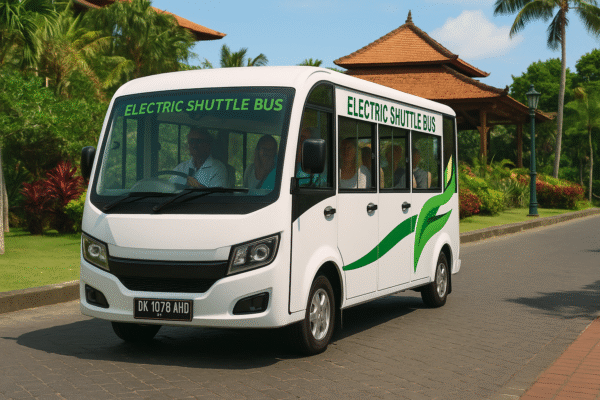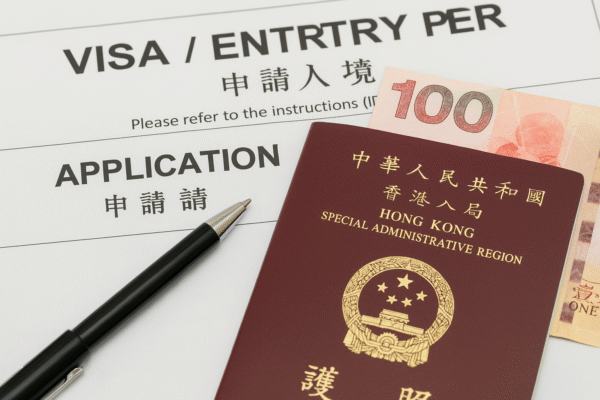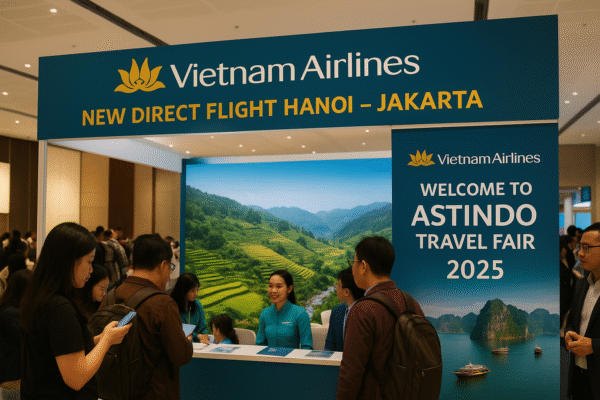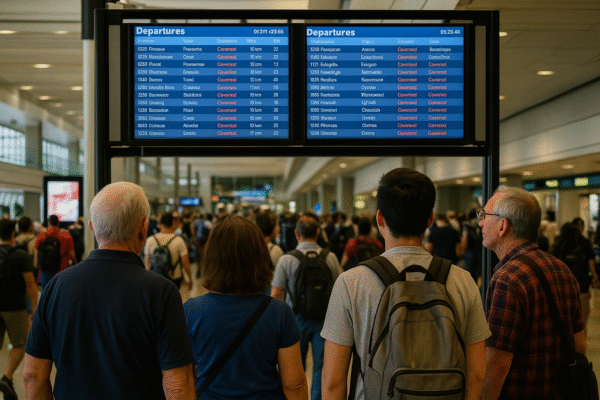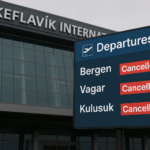In a significant commitment to regional equity and development, the New South Wales Government has announced a $2 million renewal of subsidies for essential commercial flights to some of the state’s most remote communities. The funding, drawn from the Regional Development Trust, ensures vital air routes remain functional for another 12‑month period, now extended through November 2026. These services are critical not only for healthcare, business, and social access—but also for tourism in far western NSW.
Funding and Flight Routes: Sustained Support Until November 2026
Under this extension, Air Link will continue operating eight return weekly services connecting Dubbo with Bourke, Walgett, and Lightning Ridge. Meanwhile, Fly Pelican will run six return flights per week between Sydney and Cobar. These scheduled flights help bridge vast rural distances, offering residents and visitors faster alternatives to lengthy road travel.
Why This Matters: Tourism and Services in Remote NSW
For many remote communities, reliable air links are more than convenience—they’re essential infrastructure. They enable professionals, tourists, and service providers to access these areas efficiently. The speedy air connectivity supports local events, regional attractions, and small-business operations, helping to sustain and grow the visitor economy across far western NSW.
Beyond tourism, these flights play a vital role in delivering services such as healthcare, enabling medical professionals to reach patients quickly and helping residents travel for appointments. They also support businesses and social interactions by allowing access to urban centers and facilitating visits from essential workers and loved ones.
Strong Regional Backing and Leadership
Local leaders have welcomed the extension with enthusiasm. Cobar Shire Council Mayor and Far North West Joint Organisation chair Jarrod Marsden highlighted the economic and social gains that result from continued flight services. He affirmed the subsidy’s contribution to Cobar’s sustainability and regional development.
Similarly, Mayor Lachlan Ford of Bourke Shire stressed how these flights offer critical access to services that residents in isolated areas would otherwise find difficult to reach. He noted that continuity of air services allows healthcare visits, business travel, and social connections to remain fluid for remote communities.
Walgett Shire Mayor Jasen Ramien also pointed to the subsidy as mitigating the disadvantages of isolation by improving access to essential services and strengthening the region’s social and economic well‑being.
Strategic Regional Development and Infrastructure
This subsidy extension aligns with broader state objectives to reinforce connectivity and resilience for rural and remote NSW. The approach reflects a shift toward strategic investment in infrastructure that underpins regional viability—not just tourism, but health, employment, and emergency access.
Crucially, this renewed support follows initial investment decisions made in 2024, which set a standard for extending air services in Western NSW through November 2025. Now, with the extension through 2026, regional communities can plan longer term—knowing that vital air corridors will remain open.
Looking Ahead: Tourism Potential and Sustainable Regions
For tourism operators and visitors alike, these flight routes offer tangible promise: quicker access, reliable schedules, and renewed interest in outback attractions like Lightning Ridge’s opal fields, the cultural festivals in Bourke, and Cobar’s mining history and heritage tours. Supporting these routes could inspire eco-tourism growth, guided outback experiences, and even international visitor attractions—provided awareness and partnerships grow accordingly.
From the government’s perspective, maintaining these services is about more than flights; it’s about ensuring that remote communities remain part of New South Wales’ future. By providing fast, dependable travel links, the state can foster stronger social cohesion, improve access to health and education, spark tourism, and support employment—even in areas thousands of kilometers from the coast.
For more travel news like this, keep reading Global Travel Wire


